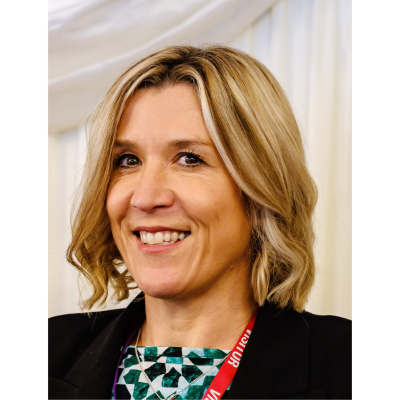Amy Low is the Chief Executive at AbilityNet, a UK charity dedicated to making the digital world accessible to all, and she explores how digital transformation in social care can empower people and professionals alike.
Having spent the last 10 years working at AbilityNet, a digital accessibility and digital inclusion charity, I have seen time and again how technology can be both a lifeline and a source of frustration for disabled and older people.
Tech advances in recent years have opened up unimagined use cases, and the cost of mainstream tools has come down substantially. This creates real opportunity to build a tech-powered social care programme that allows carers to focus on the person-centred aspects whilst empowering older and disabled people to maintain independence and connection.
Yet tech is still a source of concern, with many who could benefit most opting out from embracing digital. Around 22% of over 65s still do not use the internet. A disproportionate number of disabled people also remain offline.
There are several key areas that I believe are crucial to deliver positive progress. These include adequate funding, co-designing solutions, building skills and confidence, and maintaining the highest level of ethics.
Whilst the cost of tech is reducing, there is still a stark divide based on affordability of devices, data and specialist adaptations. A straightforward mechanism to fund support must form part of any coherent plan to optimise social care through technology.
Co-design of digital services is a no-brainer but is seldom meaningfully undertaken. People who rely on social care are the experts in what they want and need from it and should be involved from the start. If you design a system with the input of older and disabled people, you’re far more likely to make it work for the widest audience. If you don’t approach it in this way, assumptions are often made that exclude people further.
I love observing AbilityNet’s team of user researchers. They bring together representative groups of people to feed in on design and test apps and tools to make sure they are accessible and usable. The process is eye-opening and some of the feedback can be brutal! Over-engineering is quite common and tech teams we advise often comment that their final product is much simpler and more straightforward than they imagined it needed to be. This can save them time and money as well as improving uptake and benefits to users.
In AbilityNet’s experience, digital skills and confidence are fundamentally important. Our team was contacted by an organisation that had funded a device donation programme for older people and was disappointed by the impact feedback they received. They invited AbilityNet to help support with confidence and training. One trainer visited a lady in Scotland who had been provided with an iPad as part of the scheme.







